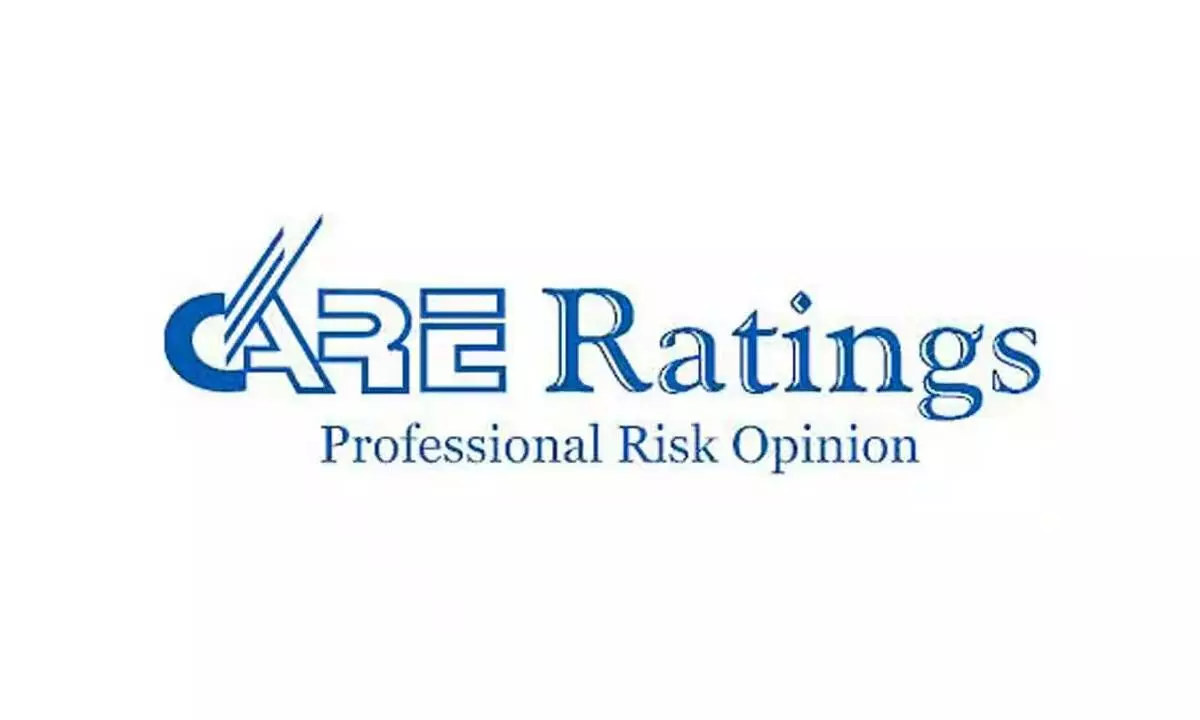Non-performing assets of Indian banks to improve by 2.1 pc by end of FY25
GNPAs had peaked at 11.2% in FY18, up from 3.8% in FY14 due to the Asset Quality Review
image for illustrative purpose

Mumbai: According to the domestic rating agency Care Ratings, report on Friday, the gross non-performing assets (GNPAs) of the Indian banking system are expected to improve to around 2.1 per cent by the end of FY25.
GNPAs are projected to be between 2.5-2.7 per cent in FY24 and are anticipated to decrease to 2.1-2.4 per cent by FY25. This forecast comes after the Reserve Bank of India (RBI) initiated measures in the last decade to ensure banks accurately classify stressed assets as NPAs.
Care Ratings highlighted several risks that could affect these estimates, such as asset quality deterioration due to high-interest rates, regulatory changes, a tight liquidity environment, and global factors.
The report noted that GNPAs had peaked at 11.2 per cent in FY18, up from 3.8 per cent in FY14 due to the Asset Quality Review (AQR) process. This process compelled banks to recognize NPAs and reduce unnecessary restructuring, particularly in large wholesale advances.
Since FY19, GNPAs have been on a downward trend, reaching a low of 3.9 per cent in FY23 and standing at 3 per cent in the December quarter of FY24. This improvement is attributed to recoveries, increased write-offs by banks, and lower slippages. Additionally, selling non-performing assets to asset reconstruction companies has contributed to this trend.
Sector-wise, the agriculture sector's GNPA ratio decreased to 7 per cent in September 2023 from 10.1 per cent in March 2020. The industrial sector also showed improvement with a GNPA ratio of 4.2 per cent in September 2023, down from 14.1 per cent in March 2020 and 22.8 per cent in March 2018. However, GNPAs remain high in gems and jewellery and construction sub-sectors.
Regarding retail loans, the GNPA was 1.3 per cent in September 2023 compared to 2 per cent in March 2020, mainly due to stress from unsecured loans, credit card receivables, and education loans. The agency cautioned that the performance of unsecured personal loans and restructured accounts needs monitoring.

